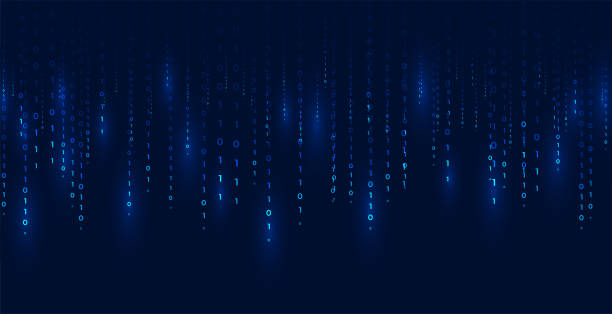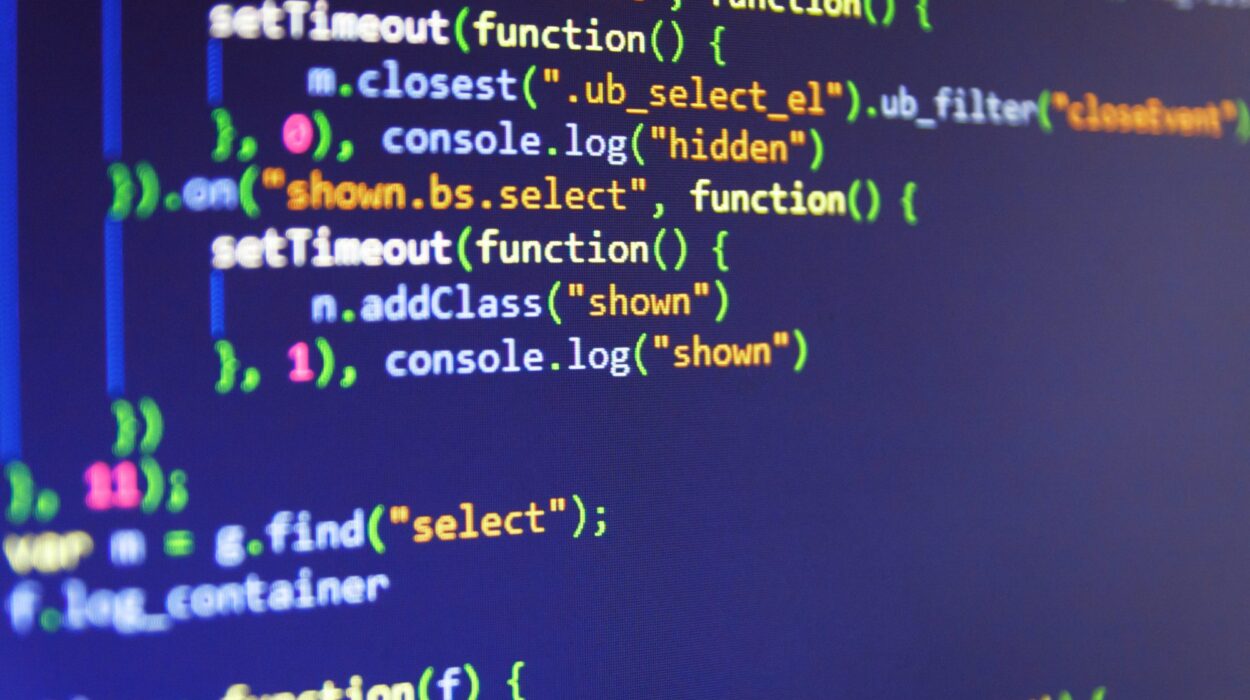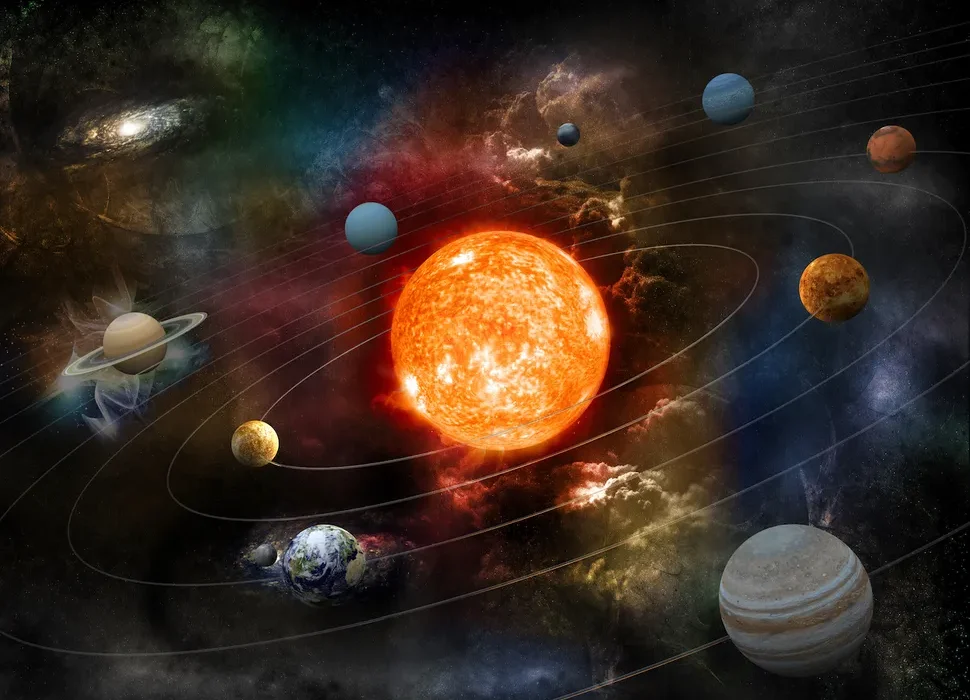Every digital device in the modern world—computers, smartphones, satellites, medical scanners, and even smart home appliances—runs on a single, fundamental language: binary code. Beneath the colorful icons, intuitive interfaces, and complex programs lies a simple but powerful system built entirely upon two symbols, 0 and 1. This is the language that every machine understands, processes, and uses to perform calculations, store data, and execute commands. Binary code is the invisible foundation of the digital age.
To understand how binary code works is to look into the mind of a machine. It reveals how computers perceive information, make decisions, and interact with the world. While it may seem abstract or mathematical, binary code represents one of the most elegant and efficient communication systems ever devised. It is both the foundation and the universal translator between human logic and machine operation.
Binary code is not just a representation of data—it is the very medium through which all digital processes occur. It defines how text is written, how images are displayed, how sounds are stored, and how networks function. To truly grasp how technology operates, we must start with its simplest building blocks: the ones and zeros of binary code.
The Origins of Binary Thinking
The idea behind binary systems did not begin with computers. Long before modern electronics, mathematicians and philosophers explored the concept of using two opposing states to represent information. The earliest known reference to a binary-like system dates back to ancient China, in the I Ching or Book of Changes. This ancient text used broken and unbroken lines to symbolize yin and yang—two fundamental, opposing yet complementary forces. In many ways, these symbols reflected the duality that binary code would later formalize: presence and absence, on and off, true and false.
In the 17th century, the German mathematician and philosopher Gottfried Wilhelm Leibniz formalized the binary numeral system. In 1703, he published his work Explication de l’Arithmétique Binaire, in which he proposed representing all numbers using only two digits, 0 and 1. Leibniz’s system was not just a mathematical curiosity—it was grounded in philosophical and logical ideas. He viewed binary as a representation of creation itself: 1 symbolized God, existence, or something, while 0 represented nothingness.
Leibniz’s binary arithmetic was revolutionary because it demonstrated that all numbers, regardless of size, could be represented using just two symbols. However, it would take over two centuries before his theoretical system found practical application. With the advent of electricity and electronics in the 19th and 20th centuries, binary code became the natural choice for representing data in machines that operated on two distinct physical states.
Why Machines Speak Binary
To understand why computers use binary code, one must first appreciate the physical nature of computing devices. Every computer is built from millions or billions of tiny electronic switches called transistors. A transistor can exist in one of two distinct electrical states—on or off—corresponding perfectly to the digits 1 and 0.
Binary code takes advantage of this two-state system, making it not only logical but also highly reliable. In an electrical circuit, voltage levels can fluctuate due to heat, interference, or signal degradation. Using more than two states (for example, ten different voltages to represent decimal digits) would increase the likelihood of errors. But with only two possible states, the system remains robust—small variations do not cause confusion between 0 and 1.
This reliability, combined with simplicity, is what makes binary the universal language of machines. Every operation a computer performs—every calculation, storage action, or display update—ultimately comes down to switching transistors between these two states in a coordinated and meaningful way.
At the most basic level, binary code allows physical hardware to represent abstract concepts. The “1” might correspond to the presence of an electric charge, light, or magnetic field, while the “0” might signify its absence. Together, sequences of these states encode the vast range of data that computers manipulate.
How Binary Represents Numbers
Binary is a positional numeral system, similar in structure to the decimal system humans commonly use. The difference lies in the base, or the number of unique symbols used. The decimal system is base 10, using digits from 0 to 9, while the binary system is base 2, using only 0 and 1.
In both systems, the value of a digit depends on its position. In decimal, each position represents a power of ten:
- The rightmost digit represents 10⁰, or ones.
- The next digit represents 10¹, or tens.
- The next represents 10², or hundreds, and so on.
Binary works the same way, but with powers of two instead of ten:
- The rightmost digit represents 2⁰, or ones.
- The next represents 2¹, or twos.
- The next represents 2², or fours.
- The next represents 2³, or eights, and so on.
For example, the binary number 1011 translates to decimal as follows:
(1 × 2³) + (0 × 2²) + (1 × 2¹) + (1 × 2⁰) = 8 + 0 + 2 + 1 = 11.
This simple yet powerful system enables all numerical data to be represented as sequences of bits—binary digits. A single bit represents one binary value, 0 or 1. Multiple bits form bytes, and bytes combine to form kilobytes, megabytes, gigabytes, and beyond.
Bits and Bytes: The Building Blocks of Digital Data
A bit, short for binary digit, is the smallest unit of information in computing. It can hold one of two possible values, corresponding to a logical true or false, a switch being on or off, or a signal being present or absent.
While a single bit can represent a binary choice, most information requires multiple bits. For example, representing numbers, letters, or colors requires combinations of bits. The most common grouping is the byte, which consists of eight bits. With eight bits, a byte can represent 2⁸ = 256 different values, ranging from 0 to 255 in decimal.
This standardization of the byte as a fundamental data unit allows computers to process, store, and transmit information efficiently. Each byte can represent a character, such as a letter, number, or symbol, according to specific encoding standards.
For instance, in the ASCII (American Standard Code for Information Interchange) encoding, the letter “A” is represented by the binary number 01000001. Similarly, “B” is 01000010, and so on. These standardized mappings enable computers to store and display text.
Bytes are also the foundation for representing larger data types. Two bytes (16 bits) can represent 65,536 possible values, while four bytes (32 bits) can represent over four billion distinct values. Modern 64-bit processors can manipulate even larger binary numbers, enabling vast address spaces and high-precision calculations.
Binary and Logic
Beyond representing data, binary code serves as the basis for logical operations—the true intelligence of computers. Machines make decisions and perform reasoning using binary logic, which is rooted in Boolean algebra.
Boolean algebra, developed by the mathematician George Boole in the mid-19th century, defines operations on true and false values (often represented as 1 and 0). The primary logical operations—AND, OR, and NOT—describe how binary inputs combine to produce outputs.
For example:
- The AND operation outputs 1 only if both inputs are 1.
- The OR operation outputs 1 if at least one input is 1.
- The NOT operation inverts the input, turning 1 into 0 and 0 into 1.
These logical functions are implemented physically through circuits made of transistors. When combined, they form logic gates—the building blocks of computer processors. By chaining together millions of these gates, computers can perform complex tasks such as arithmetic operations, comparisons, and decision-making.
Thus, binary logic transforms simple electrical states into a form of reasoning. It allows machines to execute algorithms, follow instructions, and simulate intelligent behavior—all from the manipulation of ones and zeros.
Binary Representation of Text and Symbols
Text and characters are among the most common forms of data processed by computers. To handle them, binary code must map abstract symbols—letters, digits, punctuation—into sequences of bits. This mapping is achieved through character encoding systems.
The earliest and most influential encoding system was ASCII, developed in the 1960s. ASCII uses 7 bits (later extended to 8) to represent 128 characters, including English letters, digits, and control symbols. Each character corresponds to a unique binary number, enabling universal consistency across computers.
For example:
- The binary code for “A” is 01000001 (65 in decimal).
- The binary code for “a” is 01100001 (97 in decimal).
- The binary code for “0” is 00110000 (48 in decimal).
However, ASCII is limited to English characters and basic symbols. As computing expanded globally, new standards emerged to represent the diverse alphabets and symbols used worldwide. Unicode, introduced in the 1990s, solved this problem by assigning a unique code point to every character in every writing system. Unicode uses variable-length encoding (such as UTF-8 or UTF-16), allowing billions of possible symbols.
With Unicode, binary code can represent text in any language, including Chinese, Arabic, Bengali, and emoji. This universality has made binary not just a language of machines, but a medium for all human communication in the digital era.
Binary in Images, Sound, and Video
Binary code is not limited to numbers and text—it also represents images, sounds, and moving pictures. Every digital photograph, song, or video you encounter is composed of billions of bits arranged according to specific encoding rules.
An image, for example, is made up of pixels, each representing a color. In a binary file, each pixel’s color is stored as a combination of numbers that define its red, green, and blue (RGB) components. A single color might be represented using 24 bits—8 bits per color channel. This means each channel can have 256 intensity levels, allowing over 16 million possible colors per pixel.
Sound, on the other hand, is represented by sampling analog waveforms at regular intervals. Each sample captures the sound’s amplitude (loudness) as a binary number. The sampling rate (such as 44.1 kHz for CDs) and bit depth (such as 16 bits) determine the quality of the digital sound.
Video combines both image and sound data, using binary to encode frames (images) displayed in rapid succession along with synchronized audio. Compression algorithms like MPEG or H.264 use mathematical techniques to reduce the binary size of these massive data sets while preserving quality.
In all cases, binary serves as the universal medium for storing, processing, and transmitting multimedia data. Whether a pixel, tone, or frame, everything becomes a structured pattern of ones and zeros.
Binary Arithmetic and Computation
At the heart of every computer operation lies binary arithmetic. Computers perform mathematical calculations using binary addition, subtraction, multiplication, and division. The simplicity of binary arithmetic makes it ideal for electronic implementation.
For example, binary addition follows straightforward rules:
- 0 + 0 = 0
- 0 + 1 = 1
- 1 + 0 = 1
- 1 + 1 = 10 (which means 0 with a carry of 1)
From these basic rules, computers can perform all forms of arithmetic, including floating-point operations for real numbers. Binary arithmetic is executed by logic circuits known as adders and multipliers, which manipulate bits through sequences of logic gates.
Binary computation extends beyond simple arithmetic. It underlies data processing, encryption, graphics rendering, and machine learning algorithms. Every algorithm a computer executes is ultimately translated into binary instructions that manipulate bits according to mathematical and logical rules.
Machine Code and Binary Instructions
Binary code is not just data—it is also instruction. Every action a computer takes is dictated by a sequence of binary commands called machine code. This is the most fundamental level of software, understood directly by the computer’s processor (CPU).
Machine code consists of opcodes (operation codes) and operands. The opcode specifies the operation to perform, such as addition or comparison, while the operands specify the data or memory addresses involved. Each CPU architecture (like Intel, ARM, or RISC-V) has its own set of binary instructions, known as an instruction set architecture (ISA).
For example, an instruction might look like:10110000 01100001
In human-readable assembly language, this could translate to a command such as MOV AL, 97, which moves the value 97 (the ASCII code for “a”) into a CPU register.
Software developers rarely write directly in binary or machine code. Instead, they use higher-level programming languages like C, Python, or Java, which are translated by compilers into binary machine code that the processor executes. Thus, binary code serves as the bridge between human logic and machine execution.
Binary Storage and Memory
Computers store binary data using a variety of physical media—semiconductors, magnetic materials, and optical systems. In memory chips, data is stored as electrical charges within transistors. In hard drives, magnetic fields represent bits as regions magnetized in different directions. In optical disks like CDs and DVDs, pits and lands on the surface represent binary ones and zeros based on how they reflect light.
Each storage technology translates the abstract concept of binary into a tangible physical form. The critical property is that the medium must reliably maintain two distinguishable states to represent 0 and 1 over time.
Memory is organized into addresses, allowing the computer to locate and manipulate binary data quickly. The CPU communicates with memory through binary addresses—numerical identifiers that point to specific storage locations. Every file, image, and application you see on a computer screen is ultimately just a sequence of binary values retrieved and processed from these storage systems.
Binary Communication and Networking
Binary code also serves as the foundation for all digital communication. When data is transmitted over networks—whether through fiber optics, radio waves, or copper wires—it is encoded as binary signals.
In wired systems, binary data is transmitted as electrical pulses, where high voltage represents 1 and low voltage represents 0. In wireless communication, binary information is carried by modulating electromagnetic waves—changing their amplitude, frequency, or phase to represent ones and zeros.
Error detection and correction techniques, such as parity bits and checksums, ensure that transmitted binary data arrives accurately, even in noisy environments. Higher-level protocols like TCP/IP use binary packets with headers and payloads to organize and route information across the global internet.
Every website you visit, every video you stream, every message you send travels across the world as binary data—streams of 0s and 1s moving at nearly the speed of light.
Binary in Modern Computing and AI
Binary remains at the heart of all modern computing technologies. Even in advanced systems like quantum computers or neural networks, the concept of binary logic continues to play a role, though sometimes in more abstract forms.
In artificial intelligence, binary data structures represent neural activations, weights, and decisions. Machine learning models rely on vast arrays of bits to encode and process numerical data. Similarly, binary arithmetic enables GPUs to perform parallel computations essential for training deep learning algorithms.
Quantum computing, while operating on qubits that can represent both 0 and 1 simultaneously (a phenomenon called superposition), still depends on binary measurement outcomes. Ultimately, quantum results must collapse into classical binary data for interpretation by traditional computers.
Thus, even as computing evolves into new paradigms, binary code remains the universal backbone—the final language through which machines communicate, compute, and learn.
The Future of Binary Systems
For over a century, binary has proven remarkably efficient and resilient. Yet as computing technologies advance, researchers explore new methods of information representation. Ternary computing, which uses three states instead of two, has been studied for its potential to increase data density. Analog and optical computing explore continuous or multi-level signals for specialized tasks.
However, binary’s simplicity and robustness continue to dominate. Its ability to resist noise, its compatibility with electronic hardware, and its straightforward logical structure make it almost unbeatable for general-purpose computing.
As processors become smaller and more powerful, as artificial intelligence grows, and as humanity pushes toward quantum and neuromorphic computing, binary code will remain the foundation upon which all higher forms of computation rest.
Conclusion
Binary code is the silent language of the modern world. Every click, message, song, and image is encoded in its simple alphabet of 0s and 1s. It is the bridge between human intention and machine execution, between thought and computation.
Understanding binary is not merely about learning a numbering system—it is about grasping the essence of how machines think, communicate, and create. It represents the most profound human achievement in abstraction: reducing the complexity of reality into a language so simple that even the most advanced technologies can understand it.
From Leibniz’s philosophical musings to the global internet and artificial intelligence, binary code has evolved from concept to cosmos—a system that translates human ideas into the pulse of digital life. As long as machines exist, the binary heartbeat of 0 and 1 will continue to define the rhythm of our technological universe.






